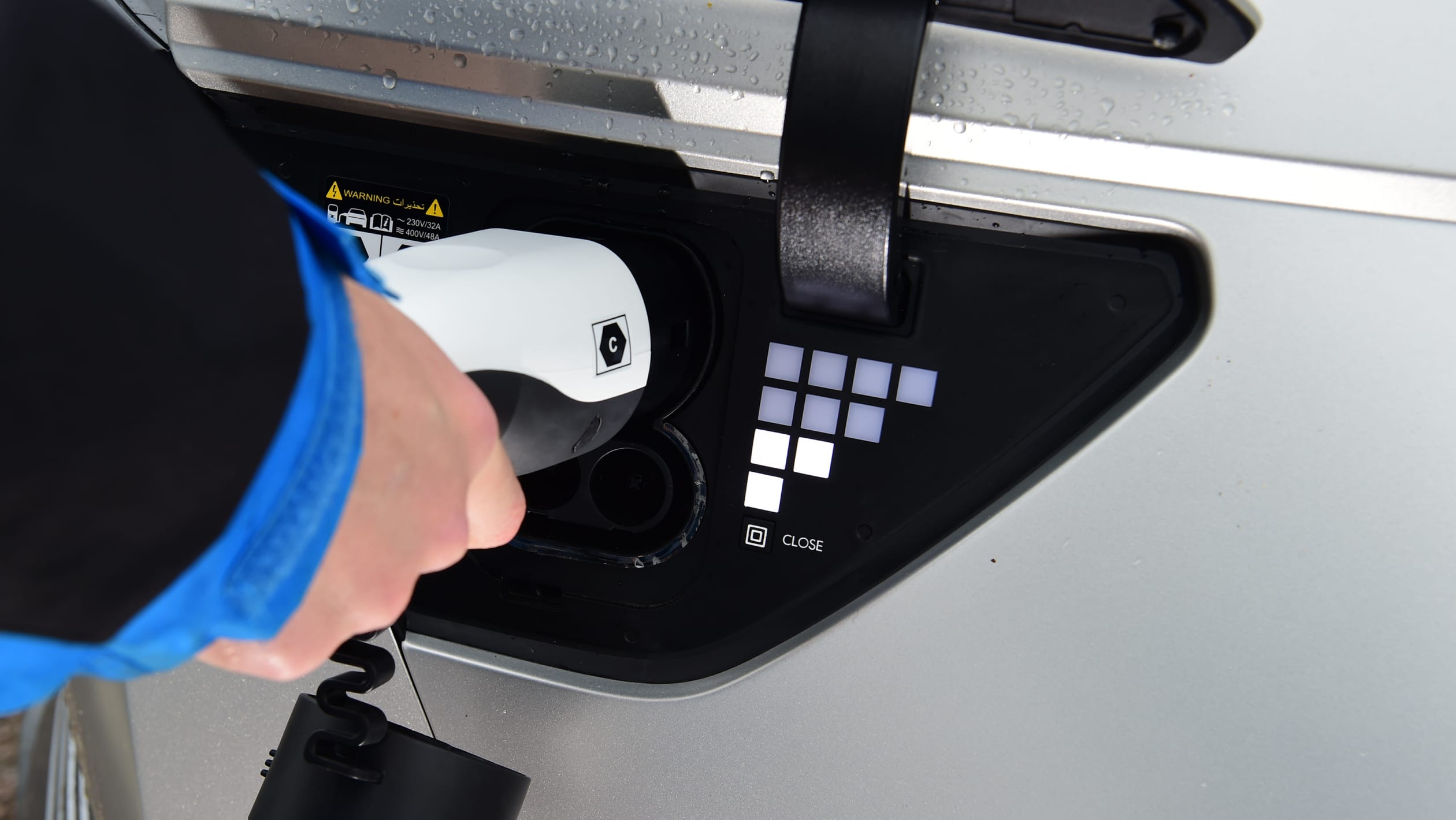What is a wallbox charger? What does it do? Do you really need one? Here, we answer the most common questions about these devices.
Thanks to continually expanding public charging networks it is becoming easier to top up your electric car. For example, you can recharge the incoming new Hyundai Ioniq 5 from 10-80 per cent charge in just 18 minutes if you find a fast enough charger ‘in the wild’.
However, a lot of electric-vehicle charging takes place at home. One option is using a normal three-pin 10-amp socket, but they produce 3kW at best, which would take around two days to fully recharge your average electric car.
So instead, many electric cars owners with access to off-street parking are investing in a home wallbox charger. But what are they? How fast can they recharge my car? And how do you pick the right one for you out of the dozen that are available?
Read on to understand how wallbox charging works – and how to pick the right one for your electric vehicle.
What is a home wall charging unit, or wallbox – and do I need one?
A home wallbox charger is an additional charging unit that provides power at a higher rate than a normal three-pin plug socket. Installing one on your driveway or in your garage can make charging an electric car easier. If you have or are thinking about buying an electric vehicle, it’s important to think about what type you’re getting and how you’ll use it. If you go for a plug-in hybrid (PHEV) with limited electric range and a small battery, charging overnight is usually possible from a normal domestic socket.
A home socket can supply a maximum of 3kW, but it’s worth noting that not all of them can do this. Manufacturers don’t recommend using them long-term, as this can damage to the socket due to the high amperage drawn over a sustained period of time. Most electric or plug-in hybrid car drivers use their three-pin cable as an emergency backup option only.
If you buy an electric car that requires regular charging at higher speeds, a home socket won’t do. This is where a wallbox comes in. The typical speed range for a home wallbox unit is between 3 and 7kW, with some capable of up to 22kW if you’re lucky enough to have three-phase power in your home. This means an electric vehicle can be charged in only a few hours. For example, a 40kWh Nissan Leaf would take 13.3 hours to fully charge from a regular mains socket. With a 7kW home charger, this falls to 5.7 hours, or 1.8 hours with a 22kW system.
How do I choose the right one?
All wall chargers come with either a Type 1 or Type 2 cable that can be plugged into your vehicle. It’s more likely that the cable will be a Type 2, though, as this is compatible with just about all electric and plug-in hybrid models sold in Australia. However, check your vehicle’s user manual or brochure to confirm the cable connectors for your car. This way you can make sure they’re a good fit with any potential charger you’re thinking of buying.
It’s then time to choose the speed. Some wallboxes offer 3kW, others 7kW and some can even charge at 22kW if your home or premises has three-phase power. First, decide how much charge you want; the higher the power, the more the unit will cost. Standard installation costs are usually included in the price, and a certified technician will do the job.
Are there any government incentives to help the process?
The only current incentive is a two-year trial between the government’s Australian Renewable Energy Agency (ARENA) and Origin Energy to supply a limited number of 7kW wallboxes to private users, and 22kW wallboxes to commercial operators.
Can I use my home charging unit on another electric vehicle (e.g. if I was to change cars)?
If you end up selling your current electric car and swapping it for a new model, you’ll still be able to use your home wallbox, as long as its connector suits the car. Given that almost all new electric and hybrid cars use the industry-standard Type 2 connector, this shouldn’t be a problem.
I live in an apartment, what can I do?
If you live in an apartment but are considering buying an electric car, you can ask the landlord or building owner to consider installing a public charging station for use. You may end up covering some or all of the cost of this, but you may be able to split the cost with other residents who own electric cars or are considering buying one.
GET Electric is one operator working with apartment construction groups to install shareable chargers.
What is a ‘smart’ charger?
These are units that can connect to the internet, meaning that charging can be controlled remotely using a smartphone app. This means you can schedule charging sessions to suit your needs, either making use of the cheapest electricity overnight, or guaranteeing you have a certain amount of range when you next need your car.






